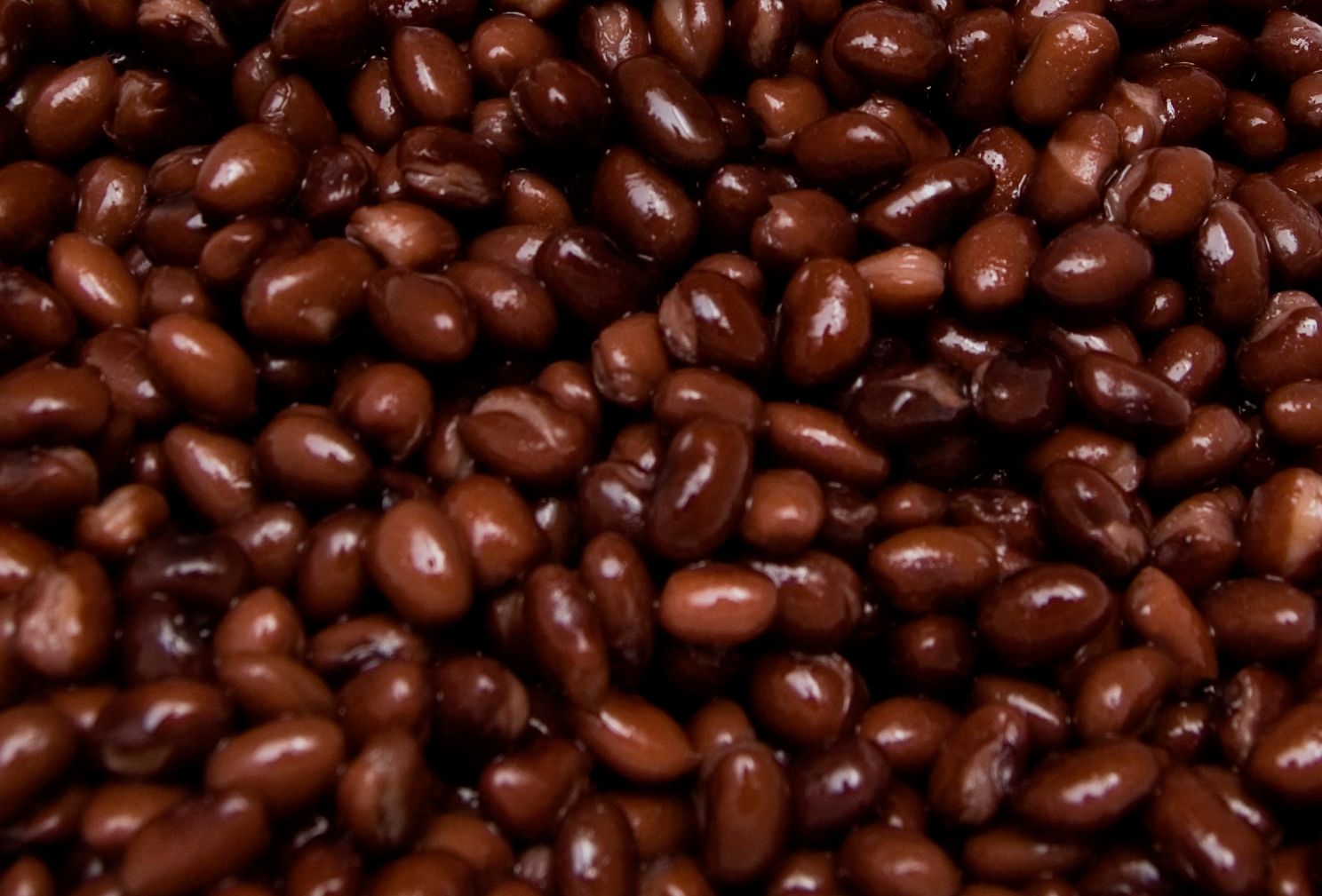
A Nightmare on Your Street: The Unseen Dangers of Fiberglass Mattresses
- Sep 12, 2024
For anyone sporting a devil-may-care attitude to their mattresses, buckle up, peeps. We've got a story that’ll make your hair stand on end, and it features our unassuming villain: fiberglass. Oh, did you think it was just about thermal insulation and cheap boats? Think again.
Fiberglass, a mutant product of silica sand, limestone, and recycled glass, is infamously known for its heat resistance. It's been cozying up in an alarming number of mattresses, snoozing comfortable under the guise of being a budget-friendly, long-lasting solution… or so manufacturers want you to believe. The reality we sleep on is far more problematic.
Following a close encounter with fiberglass, irritation may not be limited to your mood. An innocent meeting could inflame your eyes and skin, and inhaling these microscopic hostile hosts could leave your throat, nose, and lungs playing the guessing game of 'what the hell happened?!'
"But my mattress label doesn’t mention fiberglass?" you say. Well, friends, labels can lie. Or, at least, they can omit inconvenient truths. In the labyrinth of mattresses, learning to spot a fiberglass-filled threat could save you a world of hassle (and health).
Let's rewind to 2007. The US Consumer Product Safety Commission, in a blaze of concern, set mattresses ablaze. Not literally, of course. They insisted that mattresses needed to meet flammability standards as a means to combat mattress fires started by open flames. Makes sense, right? Well, yes, until manufacturers turned to fiberglass as an answer.
Fast forward to 2018, and we've got California calling time out on toxic flame retardants, forcing manufacturers to once again tweak their tactics. Cue: fiberglass stepping in as a convenient, albeit hazardous, substitute for flame-retardant chemicals.
So what happens when you unzip the ticking time bomb that is your mattress cover? You enter a cloud of fiberglass fragments. These sneakily slip into carpets, clothing, bedding, and embed themselves into any porous surface they can find. Want to get rid of these unwelcome lodgers? Good luck. The process is both costly and complex.
The matter got so blown out of proportion (literally and metaphorically) that in 2023, California got so fed up, they said 'No more!'. They banned the sale of mattresses and furniture containing fiberglass statewide, effective January 1, 2027. But sleeping on a fiberglass mattress isn’t a nightmare, as long as the cover remains unscathed and your lifestyle is basically bubble-wrapped. Ripped covers or even washing them can release these invisible invaders into your home.
And if you were thinking, "Well, a little inhalation never harmed anyone," think again. Fiberglass is a certified respiratory, skin, eye irritant, and as if that wasn't enough, asthma trigger. And the fun doesn’t stop there! Depending on exposure, the trouble these fibers cause could range from minor irritation to turn-your-life-upside-down kind of mess!
So, how can you avoid this glassy nightmare? The trick lies in proactive prevention. Rule number one: Know your enemy. Read labels, research brands, and always remember, a good snooze doesn't need to cost you your health. While fiberglass-ridden options might be lighter on the wallet, alternatives like wool or rayon come with the promise of peace of mind and a better night's sleep. So next time you plan to mattress shop, remember: it's not all fluff and springs.






